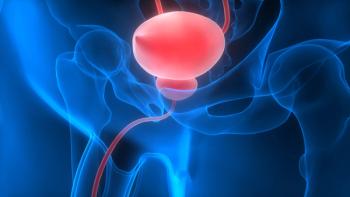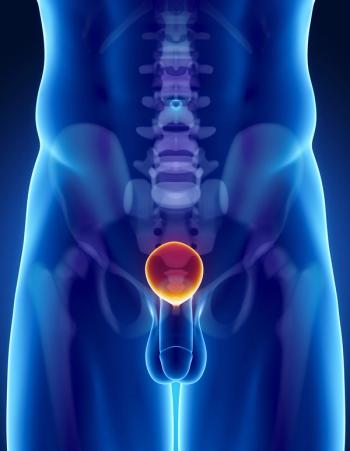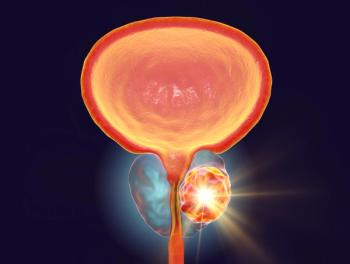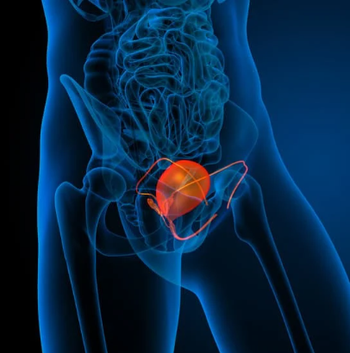
Oncology NEWS International
- Oncology NEWS International Vol 8 No 1
- Volume 8
- Issue 1
Intermittent Androgen Ablation Promising in Prostate Cancer
ATHENS-In patients with advanced or inoperable prostate cancer, intermittent androgen suppression shows promise as an equally effective, less toxic, and cheaper alternative to continuous hormone blockade, Dr. Sergio Bracarda, of Perugia University (Italy), said at the 23rd Congress of the European Society for Medical Oncology (ESMO).
ATHENSIn patients with advanced or inoperable prostate cancer, intermittent androgen suppression shows promise as an equally effective, less toxic, and cheaper alternative to continuous hormone blockade, Dr. Sergio Bracarda, of Perugia University (Italy), said at the 23rd Congress of the European Society for Medical Oncology (ESMO).
In an attempt to determine whether discontinuous treatment could avoid or delay the emergence of hormone-refractory disease, Dr. Bracarda and his colleagues used prostate-specific antigen (PSA) measurements to guide the stopping and re-starting of androgen ablation therapy.
They treated 88 consecutive patients with either a luteinizing hormone releasing hormone (LHRH) analog plus a peripheral antiandrogen (complete androgen blockade) or with an LHRH analog alone and only 1 month of an antiandrogen to prevent flare-ups (partial androgen blockade). Hormonal blockade was interrupted when a patients PSA level fell to zero and was resumed when the PSA level approached 10 ng/mL.
In his discussion of the results obtained on 73 of these patients, Dr. Bracarda said that no instances of disease progression to a hormone-refractory status have been observed during a median follow-up of 29 months. In contrast, he noted, historical data suggest that virtually all patients receiving continuous androgen suppression develop resistance within 6 to 18 months.
Resumption of sexual activity was reported by 88.6% of patients during the off-therapy period of the first cycle (mean duration, 6 months); by 68% of patients during the second off-therapy period (mean duration, 3 months); and by 80% during the third drug hiatus. Overall, study participants were able to spend more than half of the follow-up period off therapy.
Cost savings were achieved with intermittent androgen suppression, compared with continuous suppression. The cost of therapy averaged about $2,300 per year with complete androgen blockade and about $1,200 per year with partial androgen blockade.
Articles in this issue
almost 27 years ago
Pittsburgh to Build New Cancer Centeralmost 27 years ago
NCI Initiates Two High-Priority Tobacco Research Programsalmost 27 years ago
Breast Cancer Stamp Sells Wellalmost 27 years ago
Hospital Strategies To Prevent Invasive Aspergillosis Spreadalmost 27 years ago
‘Cancer Patients Should Be Assertive, Know Their Rights’almost 27 years ago
EBCTCG Update of Adjuvant Treatment for Early Breast Canceralmost 27 years ago
Younger Breast Cancer Patients at Increased Risk of Recurrencealmost 27 years ago
Six Named to National Cancer Advisory Boardalmost 27 years ago
Trial Uses Vitamin A To Prevent Lung Cancer in Former Smokersalmost 27 years ago
‘Medical School Curriculum Must Include Palliative Care’Newsletter
Stay up to date on recent advances in the multidisciplinary approach to cancer.

















































































